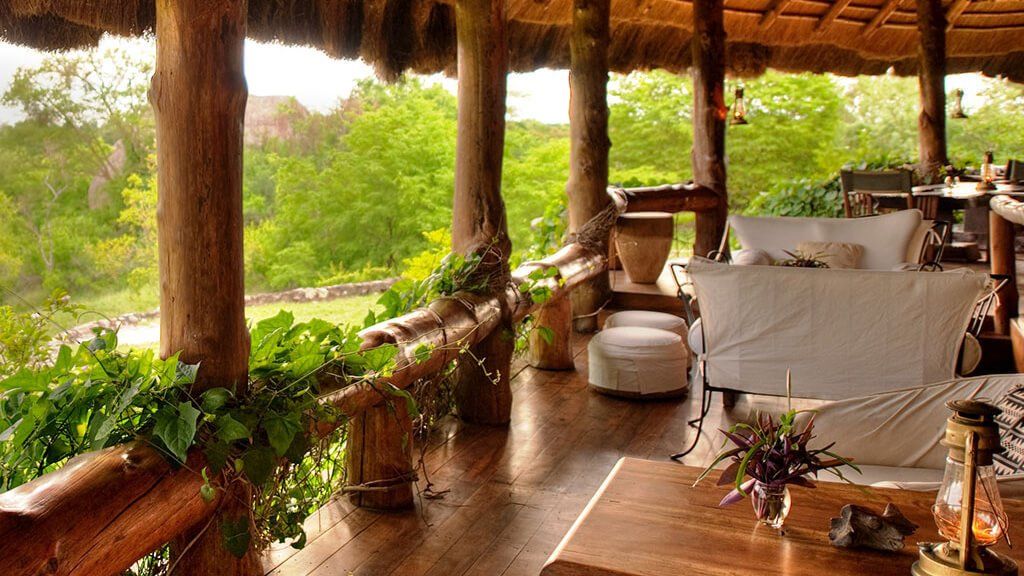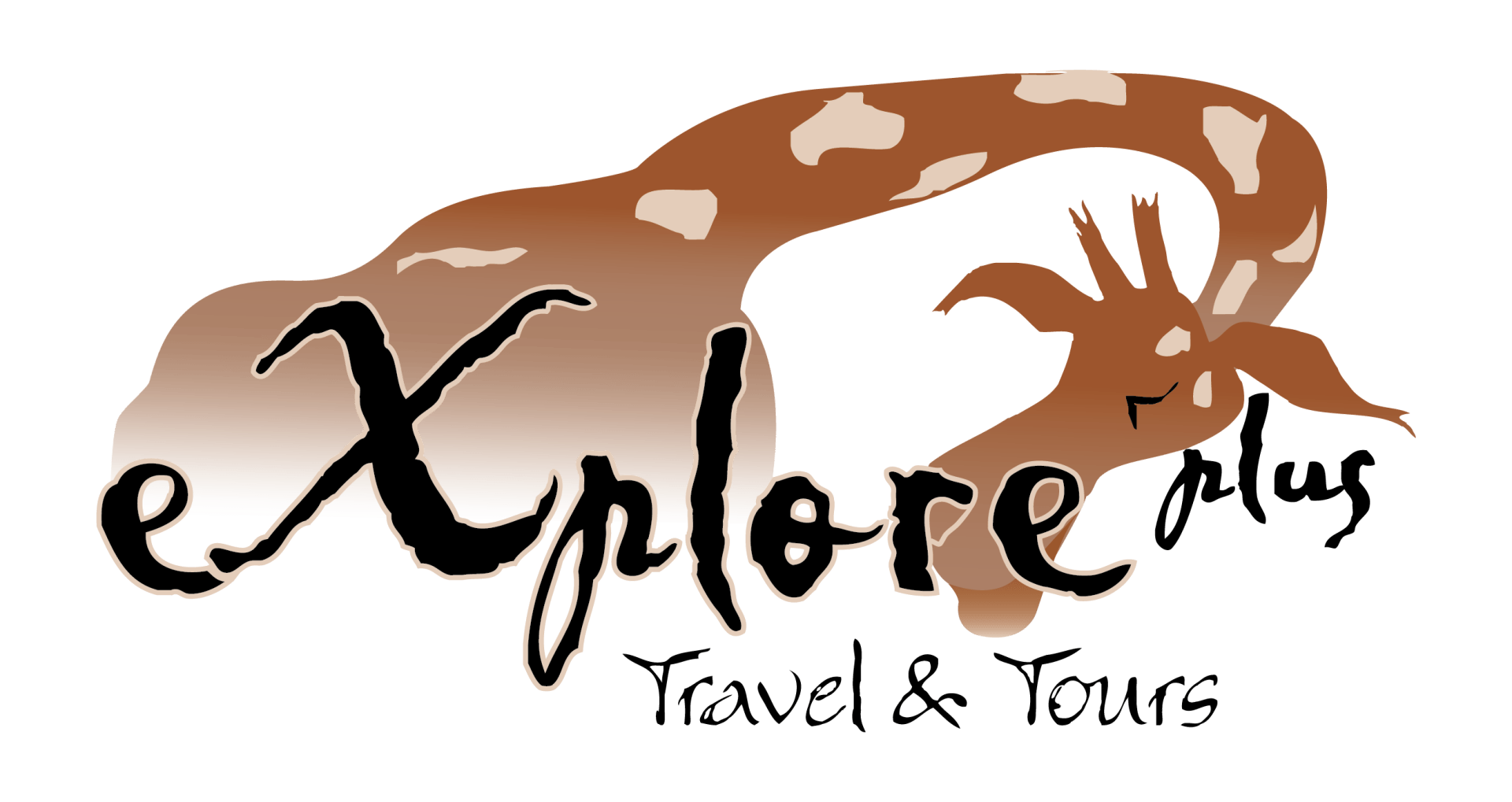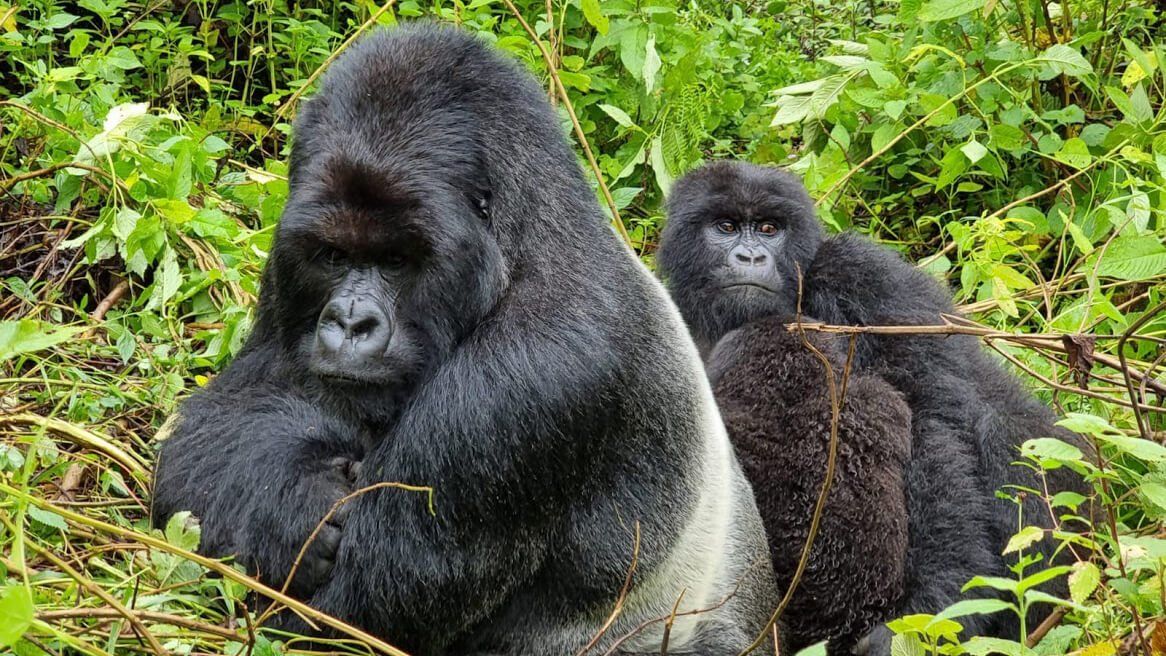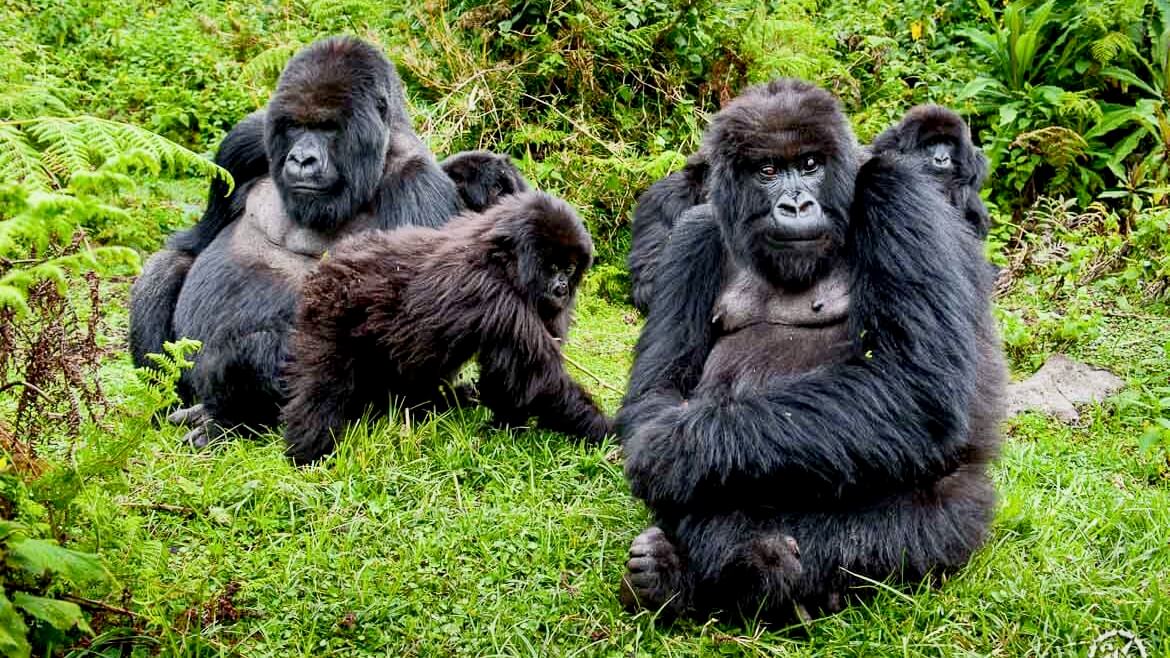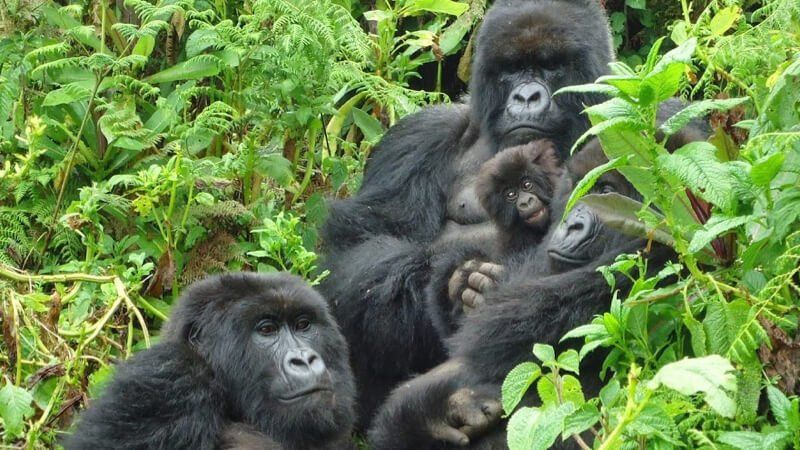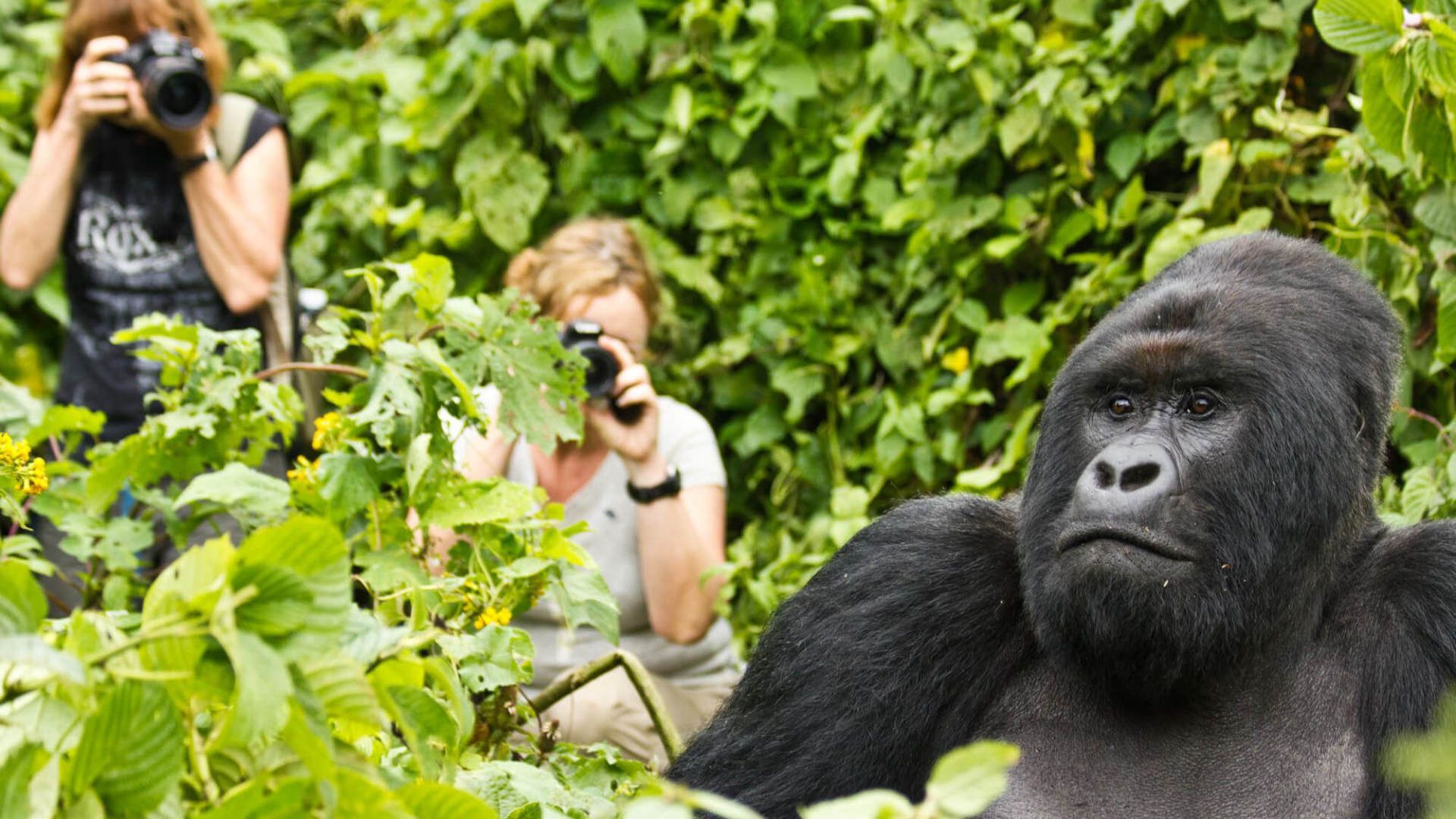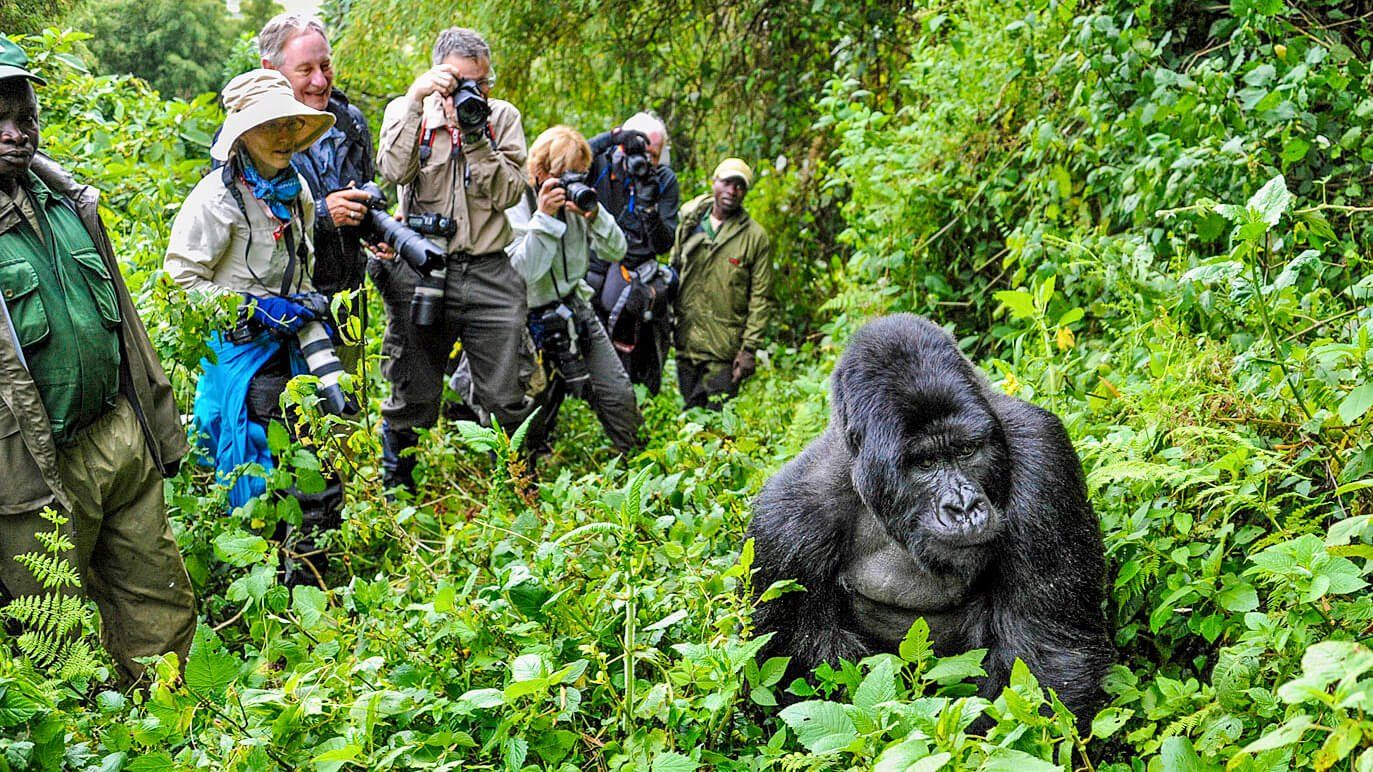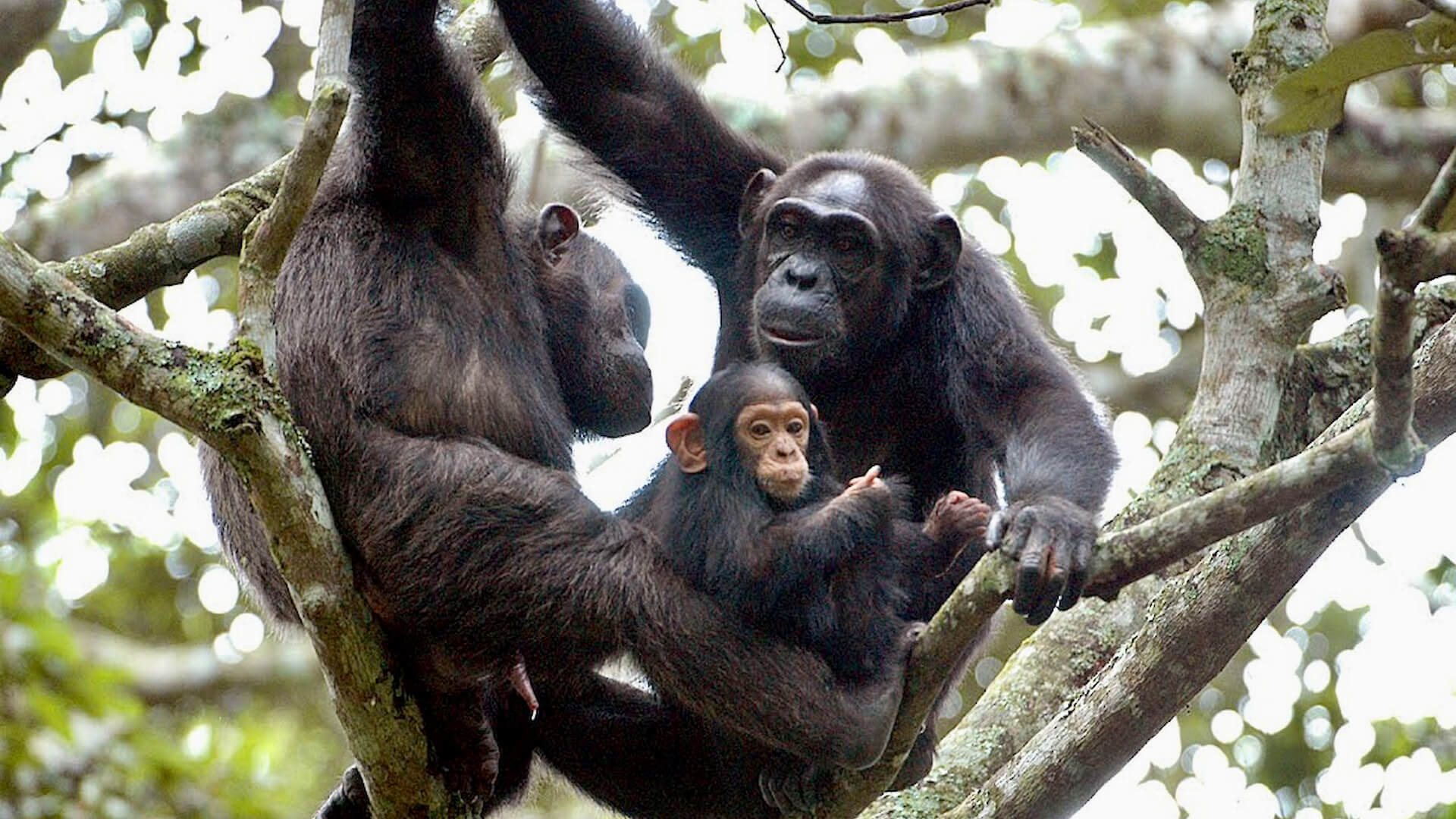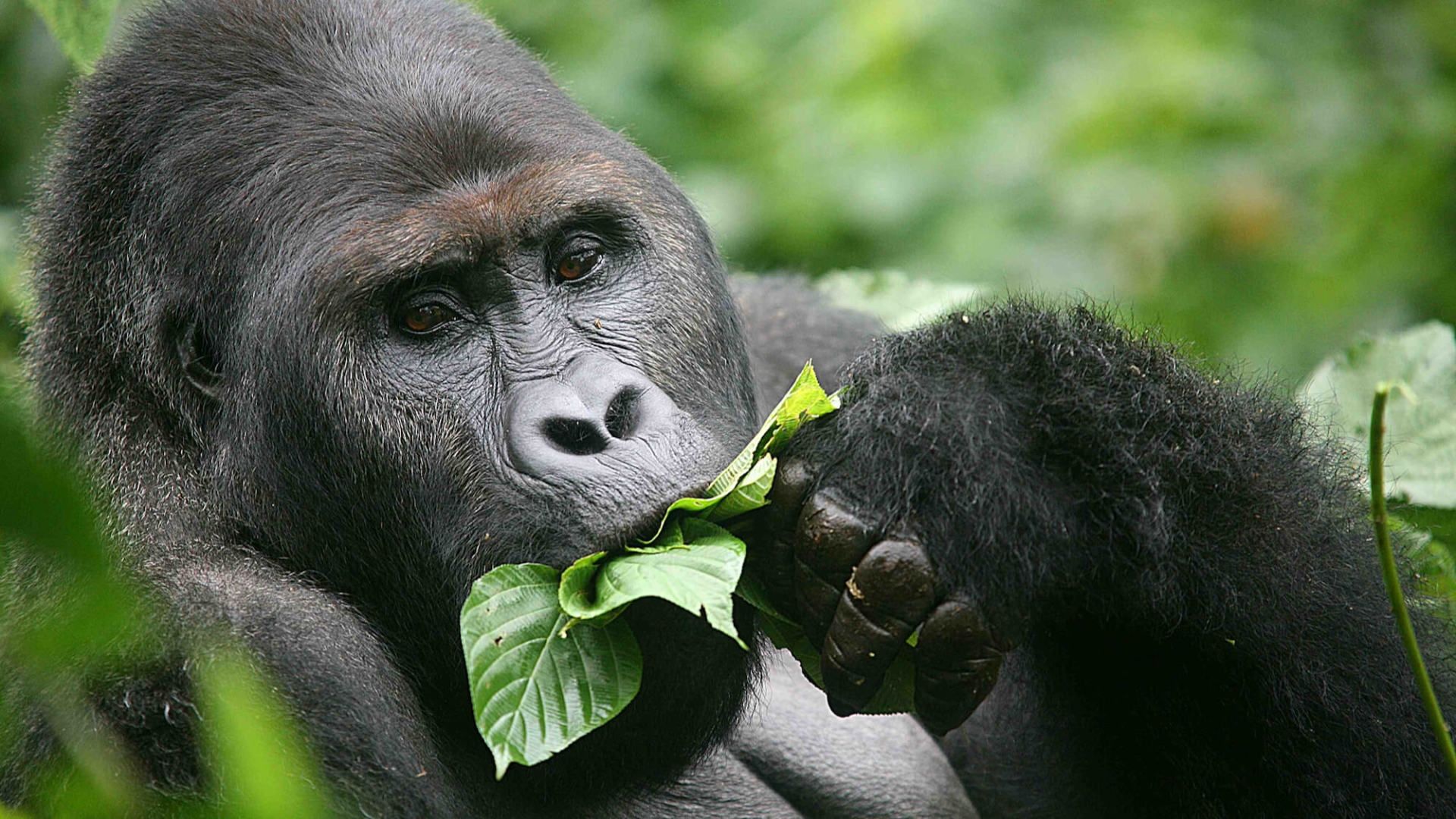Birding, Chimpanzee & Gorilla Safari
Uganda is home to over
1,050 bird species , which can be found across a range of habitats from forests, swamps and agricultural lands, to lakes and savannahs. These a superb and diverse birding safaris in Uganda feature some of the richest areas in Uganda for birds, appealing in particular to those who dream of seeing the amazing Shoebill, the exciting forest
species of the ‘Albertine Rift’ and, of course, the incomparable
Gorillas and Chimpanzees trekking .
Itinerary
We also offer this as a private safari or can send you a tailor-made quotation similar to the above itinerary - one designed specifically for you, around your taste, budget, interests and more.
Dates & Prices
Dates:
LOW SEASON:
March / April / May & November 2024
Rates:
| Per person Sharing: |
R86,500 pp |
$5,497 pp |
| Gorilla Permit x 1: |
R13,230 pp |
$700 pp |
| Chimpanzee Permit x 1: |
R3,780 pp |
$200 pp |
| TOTAL pp sharing: |
R103,510 pp |
$6,397 pp |
| Return flights with Air Uganda from JHB: |
R6,943 pp |
|
- Exchange rate used (bank selling rate):
R18.90 to US$1.00
- Request a quote from our Safari Specialists for the best, most current rates according to your preferred time of travel.
- Prices are based on 2 guests travelling – if more guest travel discounted rates are available.
- All rates are subject to increases beyond our control, including fuel price, government taxes and exchange rate fluctuations.
National Parks
Mabamba Swamps
This papyrus swamp is characterised by
small channels
of
marsh-filled water and lagoons
and is located close to Kampala and Entebbe. Lying on the edge of Lake Victoria, Mabamba Bay is a massive
16,500 hectares
and is part of the list of Wetlands of International Importance as chosen by the Ramsar Convention. The site supports an average of close to
190,000 birds . It is part of the wetland system which hosts approximately
38% of the global population of the Blue Swallow , as well as the
globally-threatened Papyrus Yellow Warbler
and other birds of global conservation concern. The site supports a productive fisheries activity and is a source of fish for home consumption and commercial use, as well as of raw material for local crafts, building materials, water for domestic and livestock use, and non-wood products.
Kibale Forest National Park
Kibale National park lies in western Uganda, southeast of the Fort Portal town. With lush tropical rainforest and fascinating diversity of animals, Kibale National Park is one of the most beautiful forests in Uganda. Due to its location between the wet rainforests of the Congo basin and the drier East African forest, Kibale supports an unusually rich array of tropical plants
and animals from both areas. One of the highest concentrations of monkeys and apes in the world
and the highest in Uganda is found here, including the endangered chimpanzee
and the red colobus monkeys. Kibale's varied altitude supports different types of habitat, ranging from a wet tropical forest on the Fort Portal plateau to woodland and savanna on the rift valley floor. With 351 tree species
being recorded in the park, some rise to over 55m and are over 200 years old. The Kibale Forest is the best place to spot chimpanzees
in Uganda and Rwanda with a 90% chance of seeing them. The park contains the largest population of forest elephants
found in Uganda, but they are rarely sighted. Kibale has the highest primate density of any area on earth, including the red-tailed monkey, blue monkey, olive baboon, chimpanzee, colobus (black, white and red) and white-cheeked mangabey. Other mammals found are bushbuck, red and blue duiker, Uganda kob, Scaly-tailed flying squirrel, tree pangolin, buffalo, waterbuck and hippo as well as a large number of birds.
Semliki National Park
Semuliki National Park is one of Africa’s most ancient and biodiverse forests. Geological processes show the age of the forest with hot springs
bubbling up from the depths, demonstrating the powerful subterranean forces that shaped the rift valley millions of years ago. The park is located in the Semliki Valley on the remote, western side of Rwenzori Mountains in western Uganda. The easternmost extension of the great Ituri Forest
of the Congo River
basin in DR Congo forms part of this national park. The Semliki River
is a miniature version of the Congo River, and the forest is also home to the many central African wildlife species. The fauna includes over 400 bird species
of which 216 are forest birds, like the Sassi's olive greenbul and the forest ground thrush. The park is also home to over 53 mammals, with 11 of those being endemic species such as pygmy antelopes and two flying squirrel species. Other mammals include hippos, leopards, buffaloes, elephants, and the unique water chevrotain (mouse-deer) – also known as ‘fanged deer’.
Queen Elizabeth National Park
Queen Elizabeth National Park is undoubtedly Uganda’s most visited park. Located in western Uganda, the park boasts one of the highest biodiversity location ratings in the world featuring tropical forests, volcanic craters, and grassy plains. Set against the backdrop of the jagged Rwenzori Mountains, the park’s magnificent vistas include dozens of enormous craters carved dramatically into rolling green hills, panoramic views of the Kazinga Channel
with its banks lined with hippos, buffalo and elephants, and the endless Ishasha plains. The park’s diverse ecosystems make it the ideal habitat for the big game, ten primate species
(including chimpanzees) and over 600 species of birds. Ishasha in the southern part of the park is home to the famous tree-climbing lions.
One can be sure to spot many buffalo, giant forest hogs, warthogs, rare aquatic sitatunga antelope, horned Uganda kob, waterbuck, leopard, topi and elephant. A relaxing boat ride on the channel
is a popular attraction and a great way to see the hippos! Also, the sunset over the water is spectacular.
Bwindi Impenetrable National Park
The Virunga mountain range
dominates the National Park, and the landscape is dotted with waterfalls and lakes. With high annual rainfall, the rainforest is deserving of its name – impenetrable. Bwindi Forest is most famous for being the home to half of the world’s population of endangered Mountain Gorillas. The experience of encountering such animals is said to be one of the most emotional wildlife adventures you will ever have. The biodiversity in the forest is impeccable as it provides a home for over 310 species of butterfly, 200 trees, 88 months, 120 species of mammals
including 10 species of primates
and 51 reptiles. The various primates that can be found in the forest in addition to the mountain gorillas include the red-tailed and blue monkey, L’Hoest’s, chimpanzee, black and white colobus, and baboons. The Bwindi Forest also has over 350 species of birds. The area is also home to the Batwa Pygmies, who are the oldest inhabitants of the Great Lakes region of Central Africa. These hunter-gatherers have a rich, broad culture and history that they are happy to share.
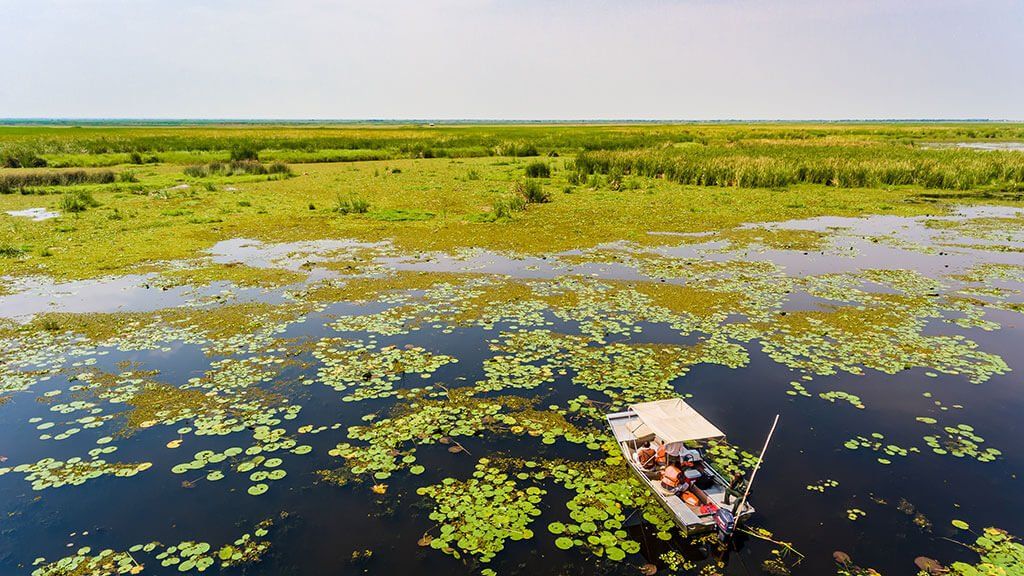
Slide title
Boat Safari In Semliki National Park
Button
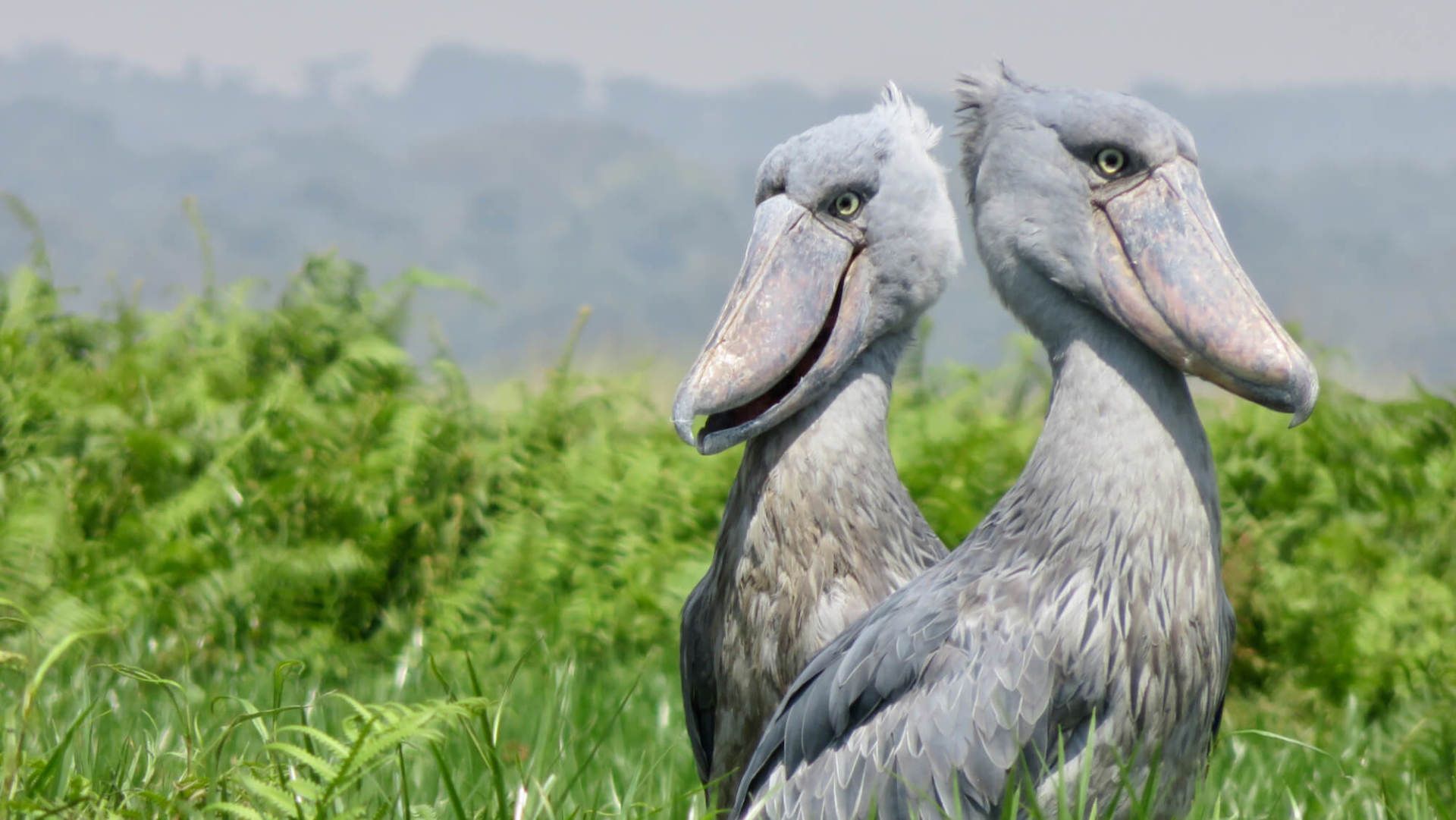
Slide title
Shoebill Stolks - Mabamba Swamps
Button

Slide title
Lake Edward - Queen Elizabeth National Park
Button

Slide title
Kibale Forest National Park - Chimpanzee Trekking
Button
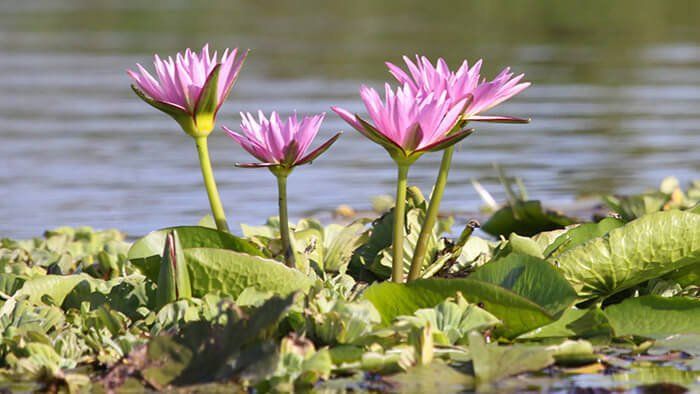
Slide title
Water Lillies At The Maramba Swamps
Button
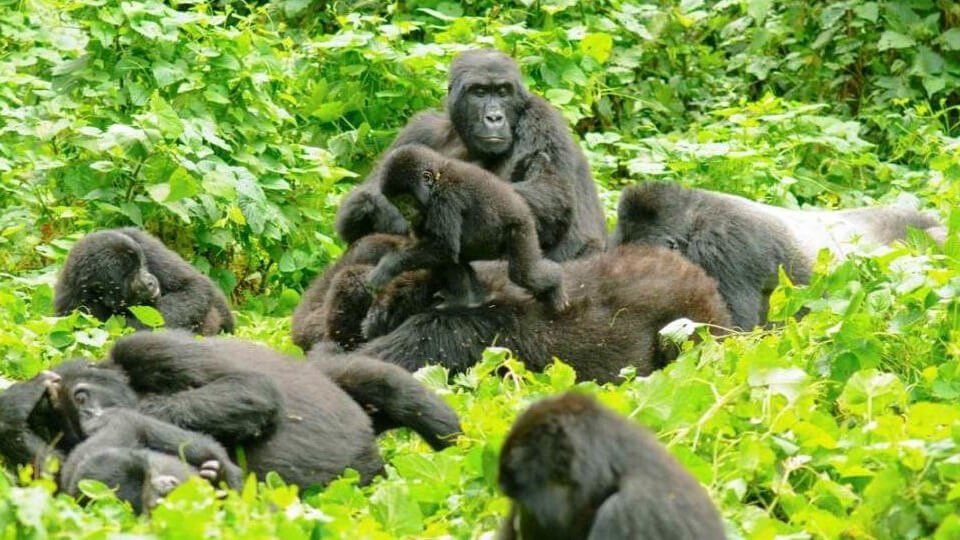
Slide title
Gorilla Family - Bwindi National Park
Button
